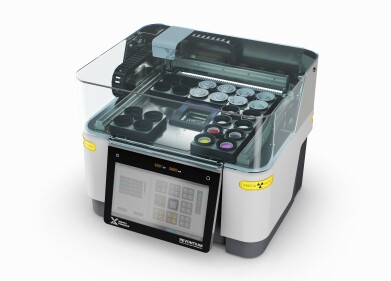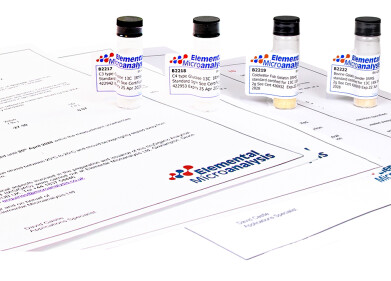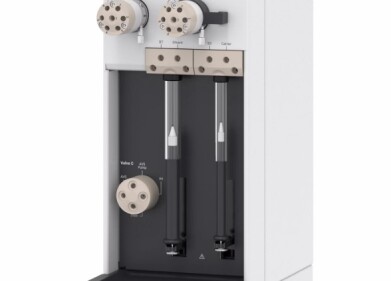Mass Spectrometry & Spectroscopy
Can Robots Deliver Drugs in Your Body?
Jan 04 2018
For decades, medical engineers have been attempting to build robots that can administer drugs and conduct surgery inside the human body. Now, scientists are exploring a new angle – Mother Nature.
They're championing spirulina, a biomass of edible cyanobacteria that's been coveted as a 21st century superfood. At the microscopic level it looks like a tiny coiled spring. When manipulated, spirulina can be instructed to travel through the body using magnetic signals. The goal is to develop a biohybrid robot that actively transports drugs to specific parts of the body. By targeting small areas this would minimise side effects and maximise results.
Magnets meets Mother Nature
Until now researchers have been attempting to build medical robots out of tubes, pods, spheres, rods and even tiny cell sized cages. However powering the devices has emerged as a challenge, with most conventional fuels toxic to humans. Accurately navigating a microrobot through the human body is also a hurdle. To overcome the barriers So Li Zhang, a materials scientist at the Chinese University of Hong Kong has championed a combination of living organisms and magnetism.
When created outside the human body magnetic fields can penetrate living tissue without harmful side effects. A helical shaped body propelled by a twirling motion maximises efficiency and accuracy, which makes spirulina a perfect candidate.
“It’s surprising that you can find in nature such a convenient structure and that it can behave so nicely,” comments Peer Fischer, a physical chemist at Germany's Max Planck Institute for Intelligent Systems.
A fluorescent NMR trail
Furthermore, the alga produces a fluorescent glow which makes it easy to track as it moves around the body. This is done using medical imaging technology known as Nuclear Magnetic Resonance (NMR) which actively detects magnetic particles given to a patient.
Researchers were able to magnetise the algae by coating millions of spirulina biomass with iron oxide nanoparticles. The coating allows scientists to track the robot's course and observe whether it's following directions issued by the magnetic field.
A biocompatible, cancer fighting breakthrough
According to the team the new technology is accurate, low cost and most importantly, biocompatible. The latter is an important feature as it allows the microrobot to degrade in a matter of hours or days, depending on the thickness of the coating. Even more exciting is the fact that while it leaves most cells untouched, around 90% of cancer cells exposed to the spirulina robots were destroyed within 48 hours.
“The [cancer-killing] behaviour seems to be an interesting, unexpected feature,” comments Fischer.
Facing off traditional chromatography mass spectrometry (GC-MS) against innovative LC-MS methods, 'Pushing the Limits of Speed and Sensitivity in Drug Screening – an LC-MS solution' explores the pros and cons of both methods.
Digital Edition
Lab Asia 31.2 April 2024
April 2024
In This Edition Chromatography Articles - Approaches to troubleshooting an SPE method for the analysis of oligonucleotides (pt i) - High-precision liquid flow processes demand full fluidic c...
View all digital editions
Events
Apr 17 2024 Tokyo, Japan
Apr 22 2024 Marrakech, Morroco
Making Pharmaceuticals Exhibition & Conference
Apr 23 2024 Coventry, UK
Apr 23 2024 Kintex, South Korea
Apr 23 2024 Seoul, South Korea









.jpg)








